Rajshahi: A thriving hub for property development
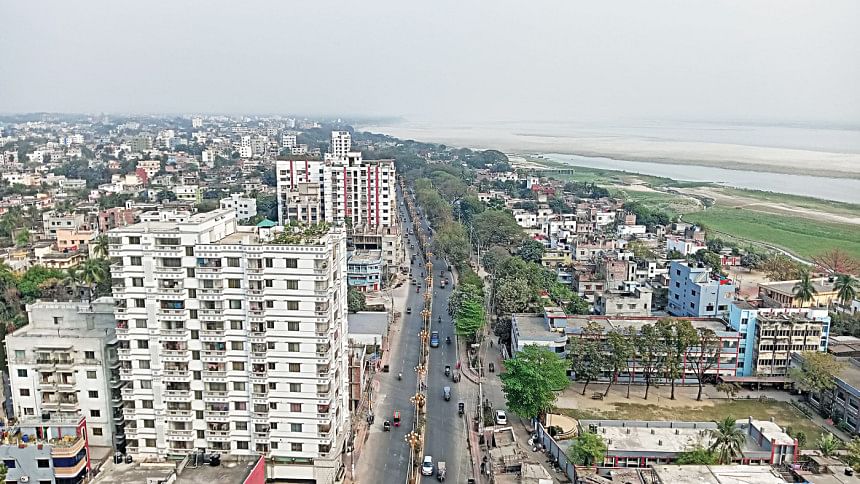
Rajshahi, known by many names—The Clean City, The City of Mangoes, The City of Silk, and The City of Education—has a rich history as an administrative center. Situated on the riverine plains of the Padma, this thriving metropolis has undergone a remarkable transformation into a key divisional hub amid ongoing urbanisation and economic growth. Long a magnet for people from neighbouring districts, Rajshahi's evolving cityscape driven by the rise of multi-storey developments, now reflects its rising demand for residential and commercial spaces.
Covering an area of 96.72 square kilometers, Rajshahi is not just rich in heritage but also in overall infrastructure development, including modern buildings, spacious roads, and well-maintained footpaths—all contributing to its urban appeal.
Until 2009, the 10-storey Jiban Bima Corporation building in the C&B Mor area was the only high-rise structure in Rajshahi. "Rajshahi's real estate development landscape has undergone a significant transformation, particularly since 2010. Before that period, the market was relatively nascent. The formation of the Real Estate and Developers Association (REDA) marked a pivotal moment, providing a platform for organised development," said Md Sabbir Ahsan, Associate Professor and Head of the Department of Architecture at Rajshahi University of Engineering & Technology (RUET). REDA has been instrumental in promoting safe construction practices and pushing for more organised development in the sector.
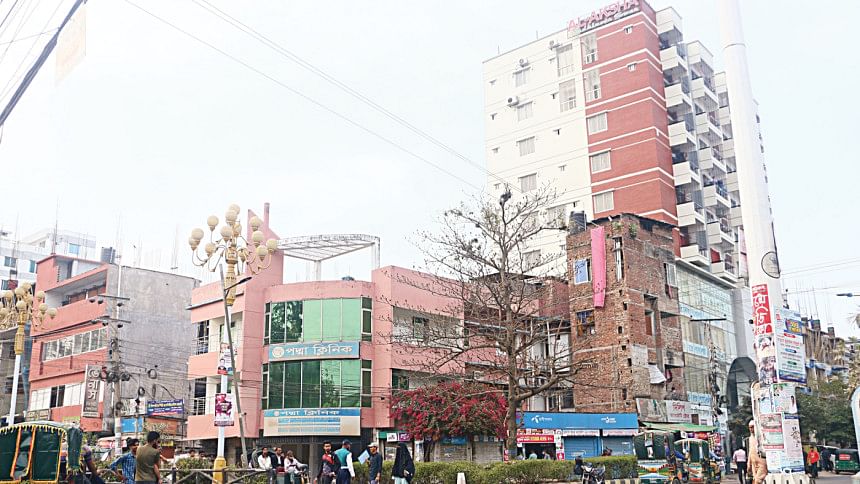
Between 2010 and 2015, the sector remained in its infancy, with only 15 to 30 developers focused on multi-story residential projects to accommodate the growing urban population. "We started our journey around 2011, but it took a few years before visible establishments took place. The last decade was crucial for Rajshahi for development," said MM Shihab Parvej, Managing Director of Perfect Living Properties Ltd.
Mizanur Rahman, Managing Director of Al-Aksha Developers (PVT.) Ltd., has been working in this field for over 10 years. He shared that earning people's trust has been their primary goal. "We emphasised two main principles: time commitment and quality of materials. Many companies in the sector struggle with time management, but we prioritise punctuality. The quality of our materials is key. By focusing on these aspects, we've been able to bring hope to people." He further added.
"Once legitimated developers demonstrated and explained the quality of there work, people began to view it positively, and their mindset started to shift," said Mizanur Rahman who is also the secretary of REDA.
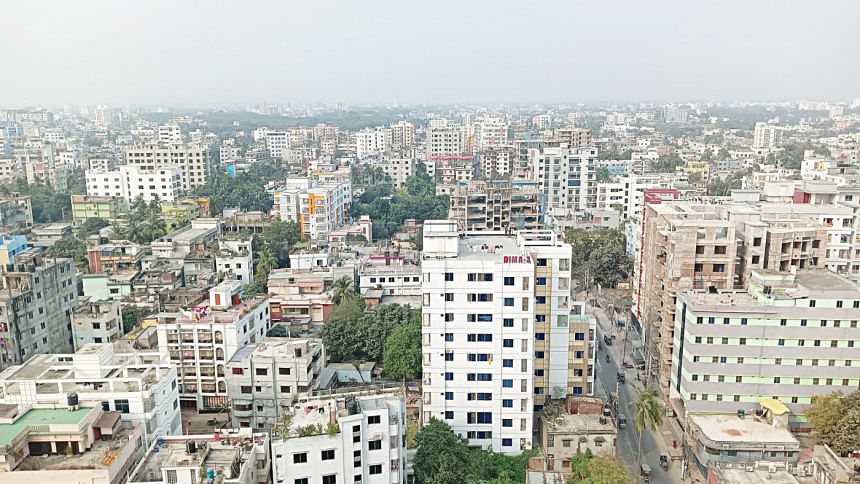
"This boom has reshaped Rajshahi's skyline. What was once a city of narrow streets and low-rise buildings has given way to high-rise residential towers and commercial complexes. Opportunities exist for developers who can focus on niche markets, such as affordable housing or sustainable development, and adopt innovative building practices," said Md Sabbir Ahsan of RUET.
Changing real estate dynamics
Apartment living dynamics among residents are evolving. Rajshahi locals typically prefer living in family-owned properties, with a smaller group of long-time residents from other parts of the division opting for apartment purchases, either for personal use or as investments for rental yields or resale potential. With the growing middle class and an influx of professionals from various sectors, the pool of potential buyers is expanding, offering fresh opportunities in the market.
"Professionals—those from sectors like healthcare, defense, education, banking, and government—have relocated to Rajshahi for work, and retired persons are also settling here. As the administrative center of the division, Rajshahi has become a hotspot for residents from adjacent districts like Naogaon, Natore, and Chapai Nawabganj, offering better urban facilities.
Many of these residents are mid- to high-income professionals, typically aged between 30 and 60, aligning with national trends where the middle and affluent classes drive apartment demand. "For instance, doctors, professors, military personnel, and bankers view Rajshahi as a stable base due to its robust healthcare facilities, educational institutions like Rajshahi University, and its administrative significance. Pensioners are drawn to the city's relatively lower cost of living compared to Dhaka, combined with its reputation for being cleaner and quieter," mentioned Sabbir Ahsan of RUET.
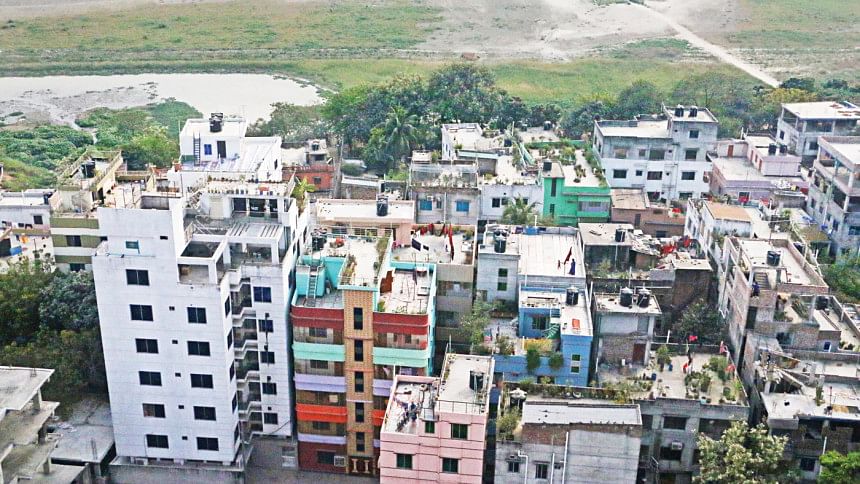
Property prices and market trends
Apartments in Rajshahi are categorised by size, price, and location similar to other cities of the country. Factors such as accessibility, proximity to key amenities, infrastructure development, and land availability significantly shape the demand for properties. Notable areas experiencing growth include Sagorpara, Uposhohor, Terokhadia, and Padma Abasik.
Sagorpara has emerged as a hub for high-end residential living, attracting affluent buyers seeking premium properties close to commercial and administrative centers, private healthcare, and top educational institutions. Uposhohor, a well-planned residential neighborhood, remains a popular option for middle-class families, offering solid infrastructure and a peaceful environment. Terokhadia, still under development, offers more affordable housing and a mix of residential and commercial spaces. Padma Abasik, once the heart of Rajshahi's real estate surge, has reached its limit, with little room left for further expansion. "Its early popularity stemmed from its well-planned layout and picturesque setting along the Padma River. However, due to its proximity to the riverbank, future development opportunities remain constrained," noted Sabbir Ahsan of RUET.
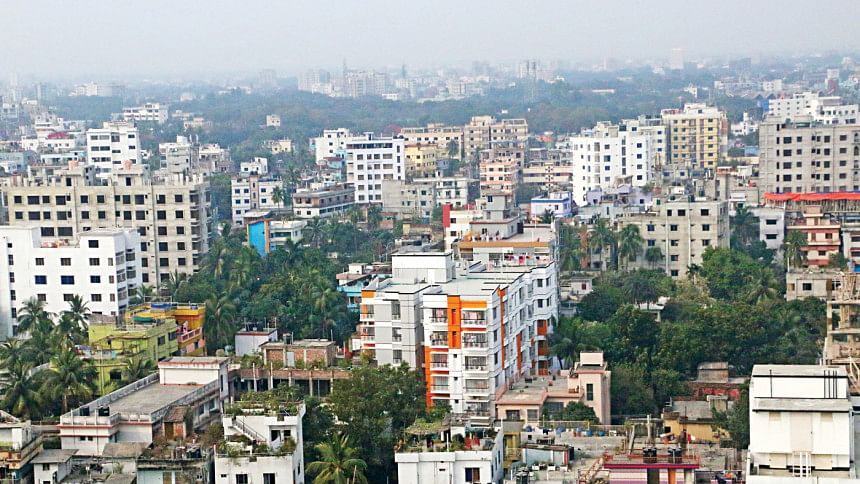
Traditional amenities like parking and community spaces remain key preferences for buyers. Industry stakeholders believe with further investment, this sector has the potential for substantial expansion
Recent developments mainly feature apartments ranging from 1,200 sqft to 2,500 sqft, concentrated in the areas mentioned above, with prices ranging between BDT 5,200 and BDT 6,200 per square foot. In 2014, the price per square foot ranged from BDT 3,000 to BDT 3,500, rising to BDT 3,500 by 2018 and between BDT 4,200 and BDT 4,500 by 2022.
The price of real estate is heavily influenced by the cost of raw materials, land prices, and landowner share proportions. "The impact of COVID-19, coupled with rising construction costs due to increases in raw material prices, has pushed property prices beyond affordability, causing developers to suffer. Many companies have been severely affected, with some dropping out of the business," said MM Shihab Parvej of Perfect Living Properties Ltd.
Mentioning pricing, Mostafijur Rahman, Managing Director of Green Plaza Real Estate Company, mentioned, land availability in the city center is scarce, and the rising cost of land is creating challenges."
Affordability challenges
While addressing people's affordability coupled with need regarding apartments, sector professionals raised concerns about whether developers can build budget-friendly apartments. However, do the people of Rajshahi have the mindset to live in such small spaces?
Additionally, the current political climate and dynamics of bank loans have intensified these challenges, impacting both investor confidence and consumer demand. Home loan rates are currently around 12 to 14 percent. "The home loan rate must be brought down to a single digit," said an industry expert.
Emerging trends – a threat or prospect?
One of the most significant emerging trends in Rajshahi's real estate sector is the rise of collaborative homebuilding. Groups of 10-15 individuals, often coworkers or acquaintances, are pooling resources to build apartment complexes on the outskirts of the city or in suburban areas. These individual homebuilders design buildings tailored to their needs, retaining some units while selling others to cover construction costs. Financing typically involves a mix of bank loans, savings, or pension funds.
While this trend helps mitigate rising construction costs (a 20-25% increase nationally over the past decade), it also presents risks perceived by the industry representatives. "The major challenge with this approach is the lack of expertise and the presence of unscrupulous groups that don't adhere to government rules and regulations. These developers often deviate from standard guidelines, which encourages others to follow suit—posing significant risks for the future of the development sector," said Shihab Parvej of Perfect Living.
As of 2024, more than 100 developers are active in Rajshahi, highlighting the sector's mix of formal and informal growth. However, only about one-third of these developers are officially registered with either REDA or the Rajshahi Development Authority (RDA), presenting challenges beyond mere growth potential.
The way forward
Referring to this collaborative approach as a unique twist to the real estate narrative, Sabbir Ahsan of RUET identifies the regulatory landscape as one of the primary challenges. "The demand for housing and commercial spaces has outpaced regulatory oversight. The disparity between the number of operating developers and those registered with the RDA or REDA highlights a critical compliance issue. This lack of adherence to building codes and safety standards not only compromises the quality of development but also creates an uneven playing field for legitimate developers,' he added. He further mentioned that unplanned development, often carried out by unregistered entities, strains infrastructure and raises environmental concerns.
Shihab Parvej, also the Treasurer of REDA, emphasised the need for increased government scrutiny, stating, "If strong monitoring is not ensured, the cleanest city could become the ugliest one in the near future."
The conversion of natural spaces, such as ponds and vacant lots, into developed areas has sparked significant environmental concerns. Issues like waterlogging, as witnessed in September 2024, underscore the strain on the city's sewage and planning systems. "Sustainable design must take center stage moving forward. Rajshahi's challenge will be balancing growth with ecological preservation and robust infrastructure planning," said Sabbir Ahsan of RUET.
The Rajshahi Development Authority (RDA) has introduced a new Urban Development Master Plan for 2022–2041, aiming to transform the city into a sustainable, clean, safe, and business-friendly smart city. The plan includes the development of new residential and commercial zones, offering opportunities for future expansion. However, full implementation will be challenging in older, densely developed areas like Saheb Bazar, where open spaces make up only about 6%. In contrast, newly designated residential zones on the city's outskirts, as well as along newly developed roads offer more opportunities, with numerous vacant plots for new construction projects.
Despite these challenges, Rajshahi's real estate sector holds great potential for positive growth with the support of competent developers, stronger regulatory frameworks, and enhanced collaboration among stakeholders—paving the way for a promising future in the city's development.

 For all latest news, follow The Daily Star's Google News channel.
For all latest news, follow The Daily Star's Google News channel. 


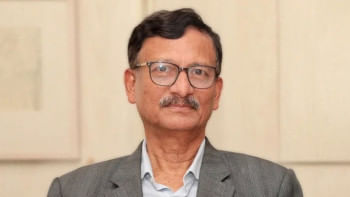
Comments